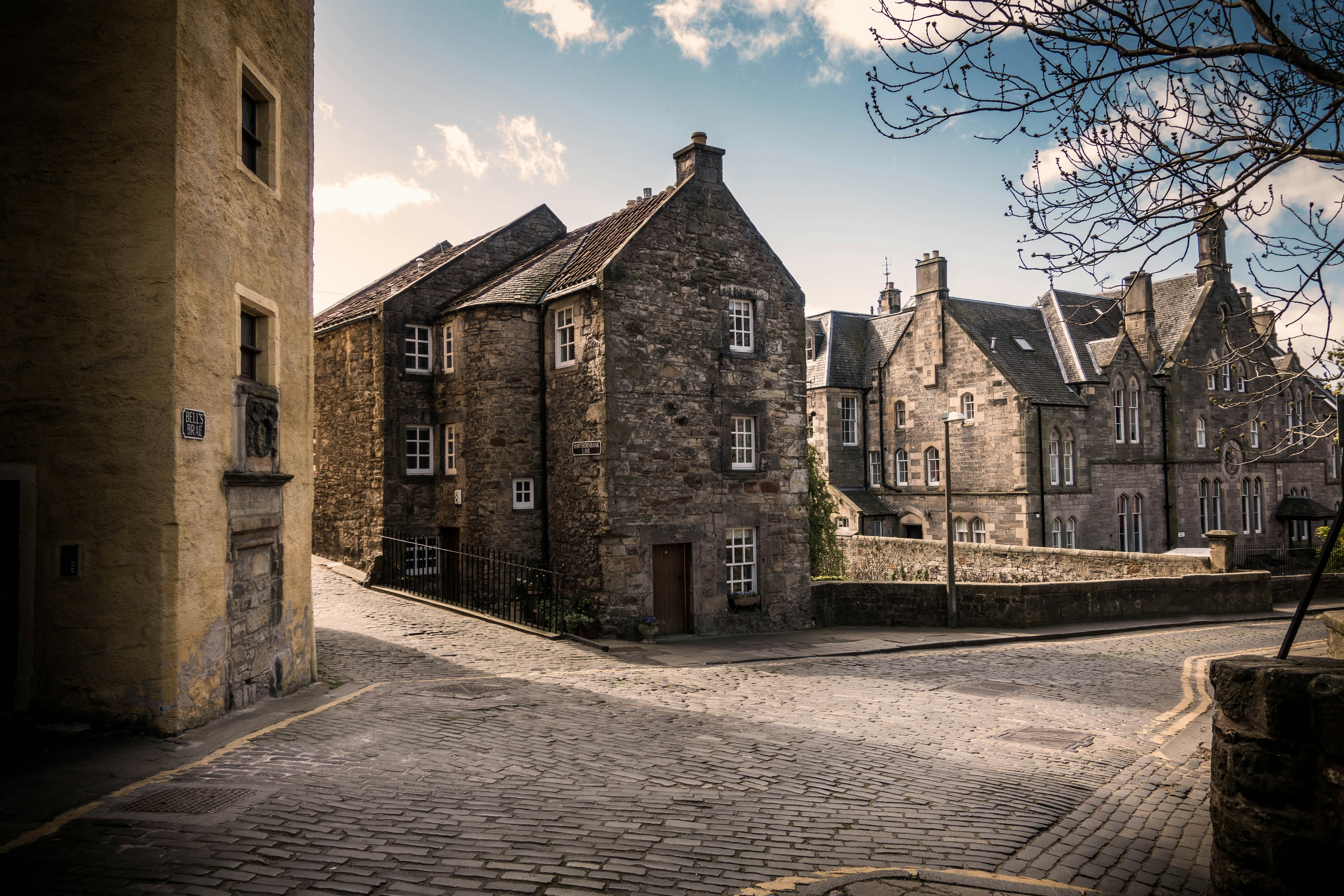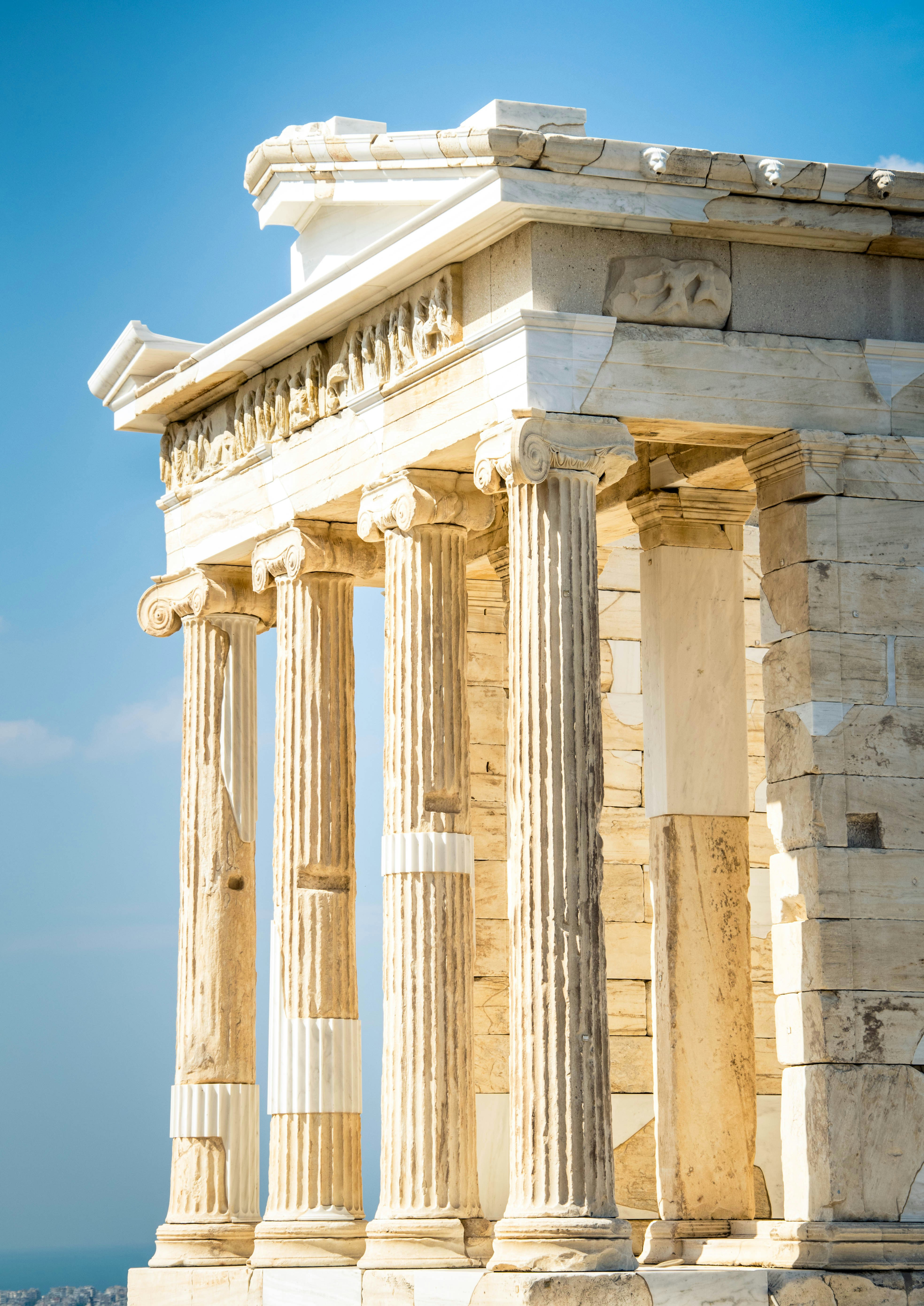Edinburgh 2025 City Guide: Royal Mile, Castles, Festivals, and a 2–4 Day Plan

Edinburgh is a city that rewards the curious. From the volcanic ridge of the Old Town to the elegant, Georgian grid of the New Town, it weaves together medieval alleyways, neoclassical crescents, and skyline-defining spires into a compact, walkable whole. In 2025, Scotland’s capital remains one of Europe’s most atmospheric city breaks: a place where you can spend mornings climbing an ancient volcano, afternoons exploring literary haunts and museums, and evenings tasting modern Scottish cuisine or catching a world-class performance. Whether your plans center on history, nature, food, or culture, this practical guide will help you design a 2–4 day trip that feels rich yet unhurried.
Below, you will find where to stay (by neighborhood type and budget), how to get around efficiently, essential sights and experiences that anchor a memorable visit, a realistic day-by-day plan for two to four days, a handful of easy day trips, and the details travelers actually need: safety, etiquette, money, seasonality, and how to book 2025+ travel smartly. Start tracking cheap flights to Edinburgh early for the best schedules and fares, and if your travel runs into disruptions, understand your rights and potential compensation for delayed flights under applicable regulations.
Where to Stay: Old Town Drama vs New Town Elegance
Old Town: History at Your Doorstep
The Old Town centers on the Royal Mile, a ridge that runs from Edinburgh Castle down to the Palace of Holyroodhouse. Narrow closes (alleys) cut through steep levels and reveal hidden courtyards. This is the atmospheric heart of the city—perfect if you want to step out of your door into stone, story, and street performers in high season. Accommodation ranges from small boutique hotels in centuries-old buildings to contemporary apartments tucked behind medieval facades. Expect more steps, uneven cobbles, and a bit of bustle, especially during the summer festivals.
New Town: Georgian Symmetry and Calm
North of Princes Street, the New Town’s elegant 18th- and 19th-century streets feel stately and airy. You’ll find larger hotel rooms, refined townhouses, and excellent shopping and dining along George Street and Multrees Walk. This area suits travelers who prefer a quieter base that’s still central and walkable. It’s also a good fit for those visiting on business or seeking a polished, modern vibe after days of sightseeing.
West End and Dean Village: Leafy, Local, and Photogenic
To the west, near Haymarket Station, the West End blends handsome crescents with small galleries and cafes. Following the Water of Leith walkway leads to tranquil Dean Village, a pocket of 19th-century mill architecture that feels cinematic at golden hour. Choose this zone if you value serenity and parks, yet still want to be a 15–20 minute walk or short tram ride from the Royal Mile and major museums.
Leith: Waterfront Revival and Food Culture
Down by the Firth of Forth, Leith has transformed into one of the city’s liveliest culinary neighborhoods. Michelin-starred dining, creative bistros, and independent shops cluster around the Shore. You’ll be a tram ride from the center, but the maritime atmosphere and restaurant depth make Leith an excellent pick for food-motivated travelers or longer stays.
Getting Around: Walk, Climb, Tram, and Bus
Edinburgh rewards walking, but it is also famously hilly. The city core compacts many landmarks into a small area; still, expect stairs and gradients, particularly in the Old Town. The tram efficiently connects Edinburgh Airport to the city center (around 30 minutes), and local buses fill gaps seamlessly. Taxis and ride-hailing apps are readily available and often make sense at night or when time is tight. For a classic approach to Arthur’s Seat and the Salisbury Crags, go on foot; for ferrying between New Town boutiques and Leith’s restaurants, the tram is painless.
Airport to City
- Tram: Runs every few minutes from the airport to Princes Street, St Andrew Square, and beyond. It’s simple, step-free, and reliable.
- Airlink Bus: An express bus option with luggage space and central stops; it can be faster at off-peak times.
- Taxi/Rideshare: Widely available, helpful for late arrivals or families with kids and gear.
- Rail: Not necessary from the airport; when heading onward in Scotland, Waverley Station is your main rail hub.
- Flights: Monitor cheap flights to Edinburgh to line up schedules that fit your plan and event tickets.
- Disruptions: If you encounter delays or cancellations, research your rights and potential compensation for delayed flights.
Essential Sights and Experiences
Edinburgh Castle and the Royal Mile
Set atop Castle Rock, the fortress dominates the skyline and the narrative of the city. Tour the Crown Jewels (Honours of Scotland), the Stone of Destiny, and the Great Hall; time your visit near opening to avoid crowds. Afterwards, walk the Royal Mile, exploring St Giles’ Cathedral, closes and wynds like Mary King’s Close, and the hidden court of Dunbar’s Close Garden. Museums, street musicians, and tartan shops are part of the fun—dip in and out to keep it balanced.
Holyrood Palace, Arthur’s Seat, and Salisbury Crags
At the lower end of the Royal Mile sits the Palace of Holyroodhouse, the King’s official Scottish residence, with state apartments and the evocative ruins of Holyrood Abbey. Beyond rises Holyrood Park, a tangle of paths up to Arthur’s Seat—a volcanic plug offering sweeping views. Choose the gentler route from Dunsapie Loch or take the steeper scramble near the Radical Road. In windy or wet weather, the Crags offer spectacular cliff-edge walks without the full summit push.
National Museum of Scotland
One of the UK’s great free museums, it gathers natural history, design, science, and Scottish stories under dramatic Victorian and modern spaces. Families can easily spend half a day; solo travelers will appreciate the breadth and smart curation. Combine with Greyfriars Kirkyard and the Grassmarket for a varied Old Town loop.
Calton Hill and New Town Architecture
Calton Hill’s Greek-temple silhouettes and the Nelson Monument deliver iconic photo perspectives, especially at sunset. From there, descend to the New Town’s grand squares and crescents—Charlotte Square, Moray Place—and browse George Street’s boutiques or the Scottish National Portrait Gallery. Pause for tea and pastries before dinner back near the Royal Mile or in Leith.
Water of Leith and Dean Village
Follow a leafy urban trail beside a gentle river, crossing stone bridges and visiting galleries like the Scottish National Gallery of Modern Art (Modern One and Two). Dean Village, once a milling center, is now a photogenic nook of gabled buildings and cobbles—a reminder that Edinburgh’s romance extends far beyond the Royal Mile.
Seasonal Festivals
Edinburgh is synonymous with festivals. The Edinburgh International Festival and the Fringe swell the city in August with theater, comedy, and music from around the world. Hogmanay, the New Year celebration, brings torchlight processions and street parties. Book accommodation and tickets early in these periods, and plan flexible days to soak in the atmosphere between headline sights.
Food and Markets: From Scottish Staples to Creative Plates
Contemporary Scottish cooking champions local seafood, game, and dairy, while international influences bring color and spice. You can try comforting staples like Cullen skink (smoked haddock chowder) and haggis (with neeps and tatties), then pivot to modern tasting menus or natural-wine bars the next night. Coffee culture is strong; bakeries excel at shortbread, scones, and inventive buns.
Where to Taste
- Old Town: Cozy spots near the Royal Mile serve classic Scottish fare—perfect after a blustery walk up the Crags.
- New Town: Stylish bistros and cocktail bars radiate from George Street and Thistle Street.
- Leith: The city’s leading dining scene, with seafood, tasting menus, and waterfront terraces around the Shore.
- Markets: Look for weekend farmers’ markets near Castle Terrace or the Grassmarket for cheese, smoked fish, and produce.
- Whisky and Gin: Book tastings to explore regional styles; many bars feature thoughtful flights and local bottlings.
2–4 Day Plan: A Realistic, Rewarding Pace
Day 1: Castle to Calton
Begin at Edinburgh Castle soon after opening. Explore the Crown Room, the Great Hall, and the views down Princes Street. Stroll the upper Royal Mile, ducking into St Giles’ Cathedral, and sample a quick lunch at a nearby cafe. In the afternoon, descend to Princes Street Gardens and cross into the New Town. Visit the Scottish National Portrait Gallery or the Royal Scottish Academy, then time your walk to catch sunset at Calton Hill. Dinner in the New Town or a cozy Old Town pub wraps the day.
Day 2: Holyrood and the Hills
Tour the Palace of Holyroodhouse and the ruined abbey in the morning. Lace up for Holyrood Park: choose the Salisbury Crags traverse for drama with less climbing, or continue to Arthur’s Seat for the full panorama. Descend via a different route for variety. Reward yourself with a baker’s stop, then spend the late afternoon shopping along Victoria Street or in the Grassmarket. Evening: whisky tasting or a performance at the Festival Theatre; book in advance during festival season.
Day 3: Museums, Water of Leith, and Dean Village
Start at the National Museum of Scotland and follow curiosity—design galleries, natural history, or Scottish stories. After lunch, pick up the Water of Leith path near Stockbridge for a restful walk to Dean Village and on to the Galleries of Modern Art (Modern One and Two). End with dinner in the West End or tram to Leith for a seafood feast.
Day 4 (Optional): Leith and Contemporary Culture
Spend a slower, food-centered day in Leith: a pastry breakfast, browsing along the Shore, perhaps a distillery tour or a boat visit (seasonal). Return to the center for last-minute shopping and a Calton Hill or Castle Esplanade farewell view.
Optional Day Trips
- St Andrews: Medieval ruins, a beautiful beach, and golf heritage. Reachable by train and bus in around 1.5–2 hours.
- Rosslyn Chapel: Intricately carved 15th-century chapel made famous by literature and film; a short bus ride from the city.
- Linlithgow and Stirling: Palaces and castles that illuminate Scotland’s royal past; each doable as a half- or full-day outing.
- North Berwick: A charming seaside town with walks, boat trips to the Bass Rock (seasonal), and fresh seafood.
Safety, Etiquette, Money, and Seasonality
Safety
Edinburgh is generally safe by European standards. Use common sense at night, especially around busy nightlife streets and during festivals when crowds swell. Keep valuables close in packed areas and at major transit hubs.
Etiquette
Politeness and queuing are cultural norms. Please respect religious and historical sites, observe photography rules, and keep voices low in small museums and galleries. Tipping is appreciated but not mandatory; 10–12% at sit-down restaurants is typical for good service.
Money
Cards are widely accepted; contactless payments are the default. Carry a small amount of cash for markets and smaller vendors. Note that prices rise during peak festival months and around Hogmanay.
Seasonality
- Spring (Apr–Jun): Bloom and milder weather; longer daylight makes sightseeing efficient. Reserve early.
- Summer (Jul–Aug): Festivals transform the city—electric but crowded. Book accommodation and event tickets as soon as your dates are firm.
- Autumn (Sep–Oct): Golden parks, calmer museums, and good restaurant availability. Layer up for wind.
- Winter (Nov–Mar): Moody skies, cozy pubs, and lower hotel rates outside holidays. Short daylight requires tighter planning.
Booking and Timing for 2025+
Two rules shape a great Edinburgh trip in 2025 and beyond: book early for peak seasons and build flexible days with room for weather shifts. Lock in accommodation and headline tickets once flights are set—use cheap flights to Edinburgh to track and pounce on schedules that suit your priorities. If your journey faces disruptions, review your rights and explore potential compensation for delayed flights to recover time and costs.
The Bottom Line
Edinburgh’s charm is the way its layers reveal themselves at human speed: a climb, a courtyard, a museum gallery that sends you walking a different street. With a smart base, a realistic 2–4 day plan, and a balance between headline sights and quiet corners, you’ll see why so many visitors return. Come for the castle and the festivals; stay for the closes, the crags, and the conversations over a dram as the city’s lights begin to glow.
Tags
Related Posts

Thessaloniki 2025 City Guide: Waterfront Walks, Byzantine Highlights, and a 2–4 Day Plan
November 26, 2025

Taipei 2025: A 4-Day City Guide to Night Markets, Temples, and Mountains
November 20, 2025

Athens 2025 City Guide: Acropolis, Ancient Agora, Food Markets, and a Relaxed 2–4 Day Plan
October 16, 2025